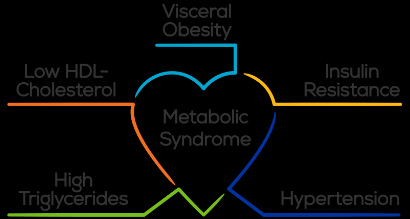A recent study found that “three months of high-intensity interval training (HIIT) improved heart function in adults with type 2 diabetes, without any change in medications or diet”. This is an important finding considering that the leading cause of death of type 2 diabetes patients is cardiovascular disease.
The researcher stated: "Our research has found that exercise at sufficiently high intensity may provide an inexpensive, practical way to reverse, or reduce the loss in heart function caused by type 2 diabetes."
HIIT produces “exercise at sufficiently high intensity” and can be achieved with a series of short intervals of strenuous effort like sprints on a bike, rowing machine, hills, track, or stairs followed by moderate activity in between the sprints. A similar cardiovascular stimulus can be achieved with High Intensity Training (HIT), a series of strength training exercises with short rest between those exercises.
HIT produces a long list of cardio-respiratory fitness benefits. The added benefit is that HIT is effective in improving glycemic control. One our diabetic clients went from five shots a day down to one.
At our Austin personal training facility we offer HIIT and HIT for strength. Some clients do both. These workouts don’t take long, and you don’t have to do them with great frequency to have surprising results. Is it worth an hour a week to increase your lifespan and more importantly your quality of life for years to come? We think it is.
Request a complimentary first session at Kelly Personal Training
Click here to schedule a session to try it yourself
*Before you stop by please call us. We operate by appointment.











